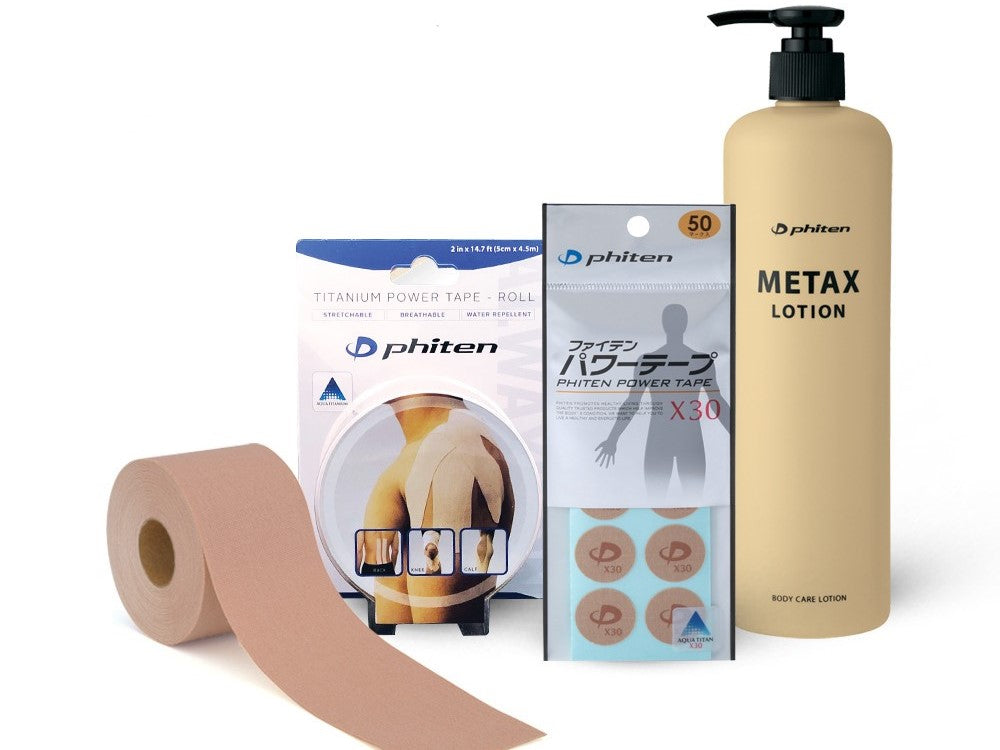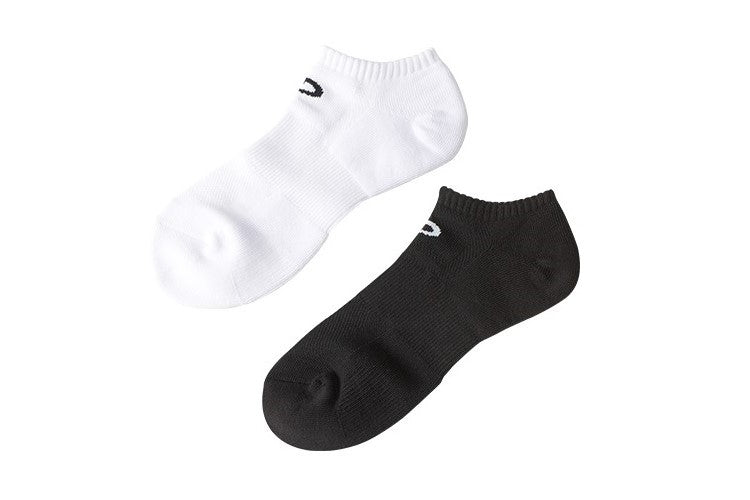Carpal Tunnel Tactics: Managing Discomfort in the Digital Age
Hello, Valued Phiten Customers,
Welcome back! In our series on wrist pain causes, after exploring Repetitive Strain Injury (RSI), we now turn to another prevalent issue affecting our daily comfort: Carpal Tunnel Syndrome (CTS).
Understanding Carpal Tunnel Syndrome
Carpal Tunnel Syndrome is a condition caused by pressure on the median nerve, which runs from your forearm into the palm of your hand. This nerve is crucial for sensation and movement in parts of the hand. CTS typically presents as numbness, tingling, and pain in the hand and fingers, often worsening over time. Common activities that can lead to CTS include repetitive computer work, assembly line jobs, or extensive use of hand tools, which can strain the wrist over time.

- Numbness or Tingling: Often in the thumb, index, middle, and ring fingers, sometimes feeling like an electric shock.
- Weakness: Difficulty holding items, caused by numbness or a weakening of the muscles in the hand.
- Pain: Ranging from mild to severe, often felt more intensely at night. If left untreated, CTS can lead to permanent nerve damage, loss of muscle strength and coordination, and chronic pain, making early diagnosis and management crucial.
Prevention and Management
Effectively addressing CTS often requires a comprehensive approach that includes lifestyle modifications, ergonomic changes, and potentially medical treatments. Implementing the following strategies can help manage symptoms and prevent the condition from worsening:
- Ergonomic Adjustments: Ensure that your workstation is arranged to promote a neutral wrist position. Use ergonomic accessories such as keyboards, mouse pads, and wrist rests that support a natural hand position. Adjust chair and desk heights to maintain arms at elbow level and wrists straight while typing.
- Regular Breaks: Integrate frequent breaks into your work schedule to reduce prolonged strain. During these breaks, gently stretch and flex the wrists to improve circulation and relieve pressure on the median nerve. Examples of simple stretches include wrist flexor and extensor stretches, which can be done by extending the arm in front with the palm up, and then gently pulling the fingers down with the other hand.
- Wrist Splints: Wearing a wrist splint at night can help keep your wrist in a neutral position, alleviating the numbness and tingling sensation often experienced with CTS. Splints can also be helpful during activities that exacerbate wrist pain.
- Activity Modification: Try to reduce repetitive hand motions, and when possible, alternate tasks to prevent continuous strain on the median nerve. If certain activities are unavoidable, use correct force and relaxed grips.
- Manage Health Conditions: Control chronic conditions such as diabetes, rheumatoid arthritis, or thyroid gland imbalance that can contribute to swelling and put pressure on the median nerve.
- Professional Medical Advice: For persistent symptoms, consult healthcare professionals. Treatment options they might recommend include anti-inflammatory medications to reduce swelling, physical therapy to strengthen wrist and hand muscles, and in severe cases, surgery to relieve pressure on the median nerve.
- Exercise: Incorporate specific exercises to strengthen and increase flexibility in your wrists and hands

- Active Range of Motion: Move your wrists up, down, left, and right to maintain flexibility and ease joint stiffness.
- Finger Exercises: Spread your fingers wide, then close them tightly to enhance agility and strength in your fingers and hand muscles.
- Wrist Stretches: Gently pull your wrist forward and back with your opposite hand to stretch the area and relieve built-up tension.
- Tendon Glides: Start with your fingers extended, bend them towards your palm, transition to a full fist, and then straighten. This helps maintain tendon flexibility and reduce stiffness.
- Grip Strengthening: Firmly squeeze a stress ball firmly for a few seconds to work the muscles in your hand and fingers, then release slowly.
- Wrist Flexion and Extension Exercises: Use a small weight or heavy ball to perform wrist curls and reverse wrist curls, strengthening surrounding muscles and increasing endurance.
We hope this deep dive into Carpal Tunnel Syndrome enhances your understanding of how to recognize and address this common source of wrist discomfort. Stay tuned for our next newsletter.
Stay informed, stay healthy,
Disclaimer:
Please note that the information provided in this newsletter is for educational purposes only. It is not intended as a substitute for professional medical advice, diagnosis, or treatment. Always seek the advice of your physician or other qualified health providers with any questions you may have regarding a medical condition. Individual cases may vary, emphasizing the importance of personalized medical advice.







